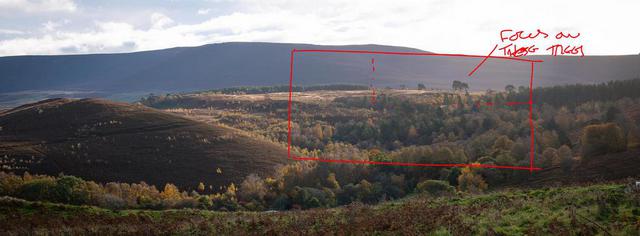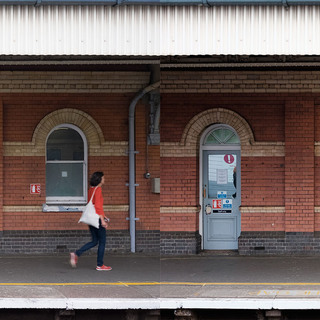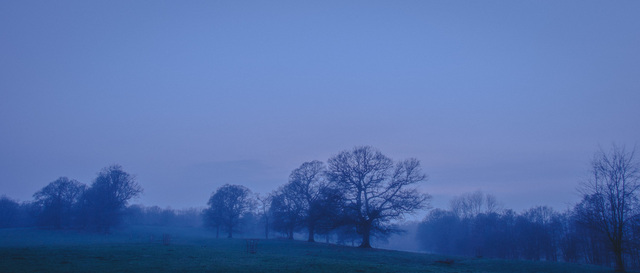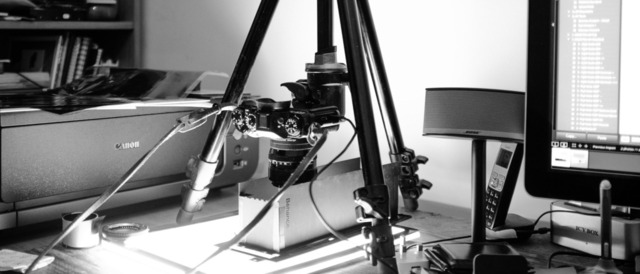Photography
Spotting better portrait prints with a vertical monitor
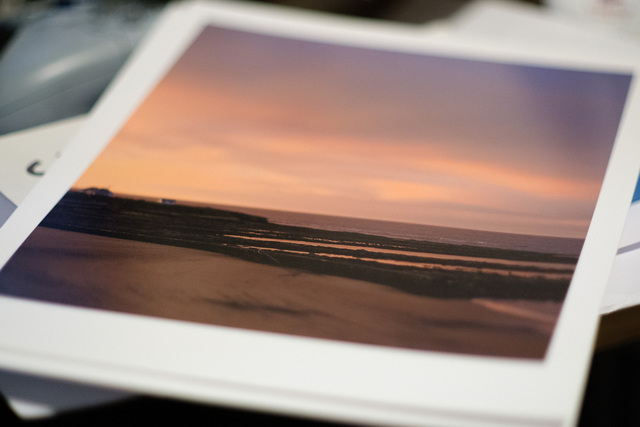
This is something of a niche tip, but for those who have multi-monitor setups and like printing portrait-oriented photographs at least some of the time, read on…
A computer setup tip I picked up from a couple of colleagues at various tech companies over the years—when using more than one monitor connected to the same computer—is to have one of them rotated 90 degrees into portrait/vertical orientation.
I’ve had a long-standing theory that such a portrait monitor could help me better assess portrait images in Lightroom (seems obvious, right?) and recently finally managed to confirm that benefit so I thought I’d pass it on here.
Why rotate a monitor?
For reference materials, portrait orientation allows you to have long runs of text and other content sit more comfortably on a screen to the side of your main work: pretty handy as a designer, developer or anyone else who needs reference content easily to hand.
With my three monitors I have a main screen for core work, a second to the left that mostly houses reference content in a web browser and then I generally have all my communication apps (email, Twitter, Messages, Slack, etc.) on a portrait screen set to the right of the main monitor.
When processing/editing in Lightroom I have always made use of the second monitor display, but until the latest release there was no way to choose which screen Lightroom would treat as the ‘second’. As it happens for my setup, it resolutely stuck to making my left-hand, landscape-orientation monitor, be the second display.
As of the latest Lightroom update however, Adobe has finally added settings to select monitors!
The trouble with portrait images
Which eventually brings us to the point of this tip: while obvious logically, it’s another thing to see in practice the benefits of viewing portrait images on a portrait-oriented screen.
The viewing experience of portrait images is generally pretty poor on computers precisely because most screens are in landscape format, and increasingly widescreen or even panoramic format.
Depending on how often you shoot portrait this might be fine, but it will never be ideal for getting a good sense of images that are taller than they are wide: you’ll always be wasting a lot of that screen space. What I’ve wondered for a while and am now confirming is that I miss, or mis-value good portrait images I’ve taken due to the constraints of widescreen monitors.

In the photo above of my screen setup, you can see a portrait image taken from the Tate Modern in London nice and big, being given the space it deserves. I already quite liked this image but it sat in my ‘Currently processing’ collection while another from the same day and vantage point, in landscape format, sat better with me and I shared just before Christmas.
I’m not saying that seeing the portrait image bigger on a portrait screen suddenly makes me think it’s better than the landscape, but that I had been a bit underwhelmed by it despite knowing there should be something there. Seeing it in a frame and context more suited to its aspect ratio however, showed me instantly that it’s actually a good image (I think) and closer in quality to the published landscape photo than I had previously thought.
This isn’t just about seeing it bigger. That central monitor is a 32" beast and even portrait images are shown larger than A4 size.
What it’s about is context, and providing the correct frame to show the image at its best.
Adam, the title mentions better prints
As I mentioned earlier, computer screens aren’t generally a great place to view portrait-orientation images. Our mobile phones are probably best set up for it, but they’re relatively tiny and again, social networks and other sharing media tend not to optimise for portrait display even on portrait screens.
But where a portrait image really can shine (as can any other) is in print.
I do publish vertical images here on this blog, and I’ll continue to. But my greater revelation this weekend has been in discovering a few old images already that I now want to print and where I, even sub-consciously, probably tended to hold out lower hopes for the results with portrait images, can now start with higher hopes and greater enthusiasm that I might get a great print from it at the least.
